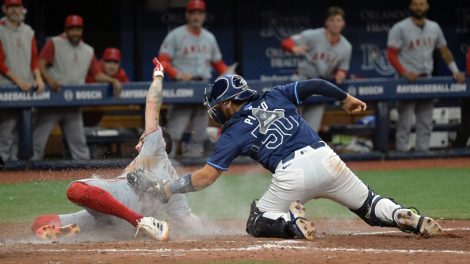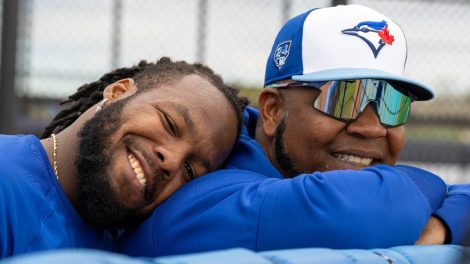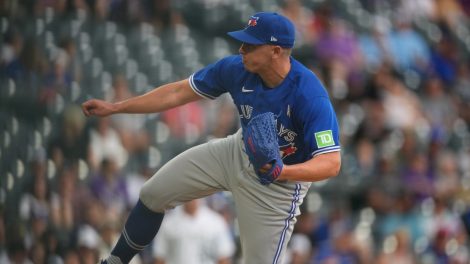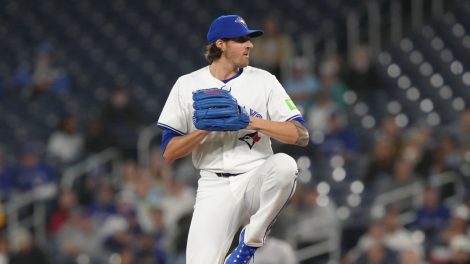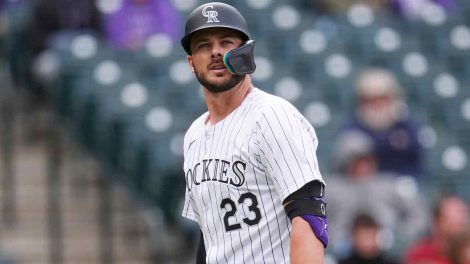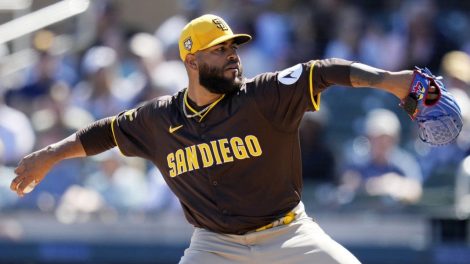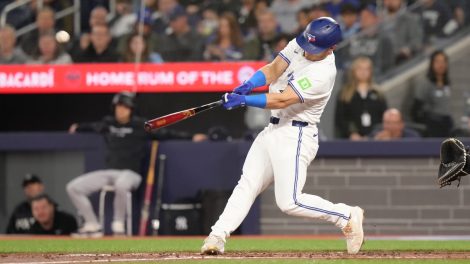TORONTO – Baseball’s Hall of Fame ballot shouldn’t be an exercise in strategic voting. A player either belongs in Cooperstown or he doesn’t and, all the other nonsense, particularly whether someone is a first-ballot guy or not, needs to be eliminated from the process.
Yet between the voting limit 10 players per ballot, the reduction of a candidate’s time on the ballot from 15 years to 10 and the spike in enshrinement-worthy candidates – at least in the opinion of this voter – some strategy is needed when checking the boxes.
For that reason, I did something I vowed not to do when I first started voting for the Hall of Fame six years ago – I took players off the ballot whom I had previously voted for. I still firmly believe a Hall of Famer is a Hall of Famer, but after simply adding to my ballot based on available spots in previous years, I instead allowed a player’s chances of being selected and his time left on the ballot to influence my decision.
For that reason, I dropped Jeff Kent (who has ranged between 14 and 17 per cent of the vote) and Curt Schilling (who is in his sixth year after collecting 45 per cent last year) to add Edgar Martinez, who is in his penultimate year on the ballot and finished with 58.6 per cent in 2017, and Fred McGriff, who is also in his ninth year and has been badly overlooked by many, including myself.
The rest of my ballot included holdovers from previous years – Barry Bonds, Roger Clemens, Vladimir Guerrero, Trevor Hoffman, Mike Mussina and Larry Walker – along with two newcomers Chipper Jones and Jim Thome.
These were decisions I agonized over and discussed with several people in the game, ultimately deciding that there should be time for me to restore my votes for Kent and Schilling once more space is created on the ballot.
The helpful Hall of Fame tracker created by Ryan Thibodaux shows that Jones, Guerrero, Thome and Martinez are each trending toward election, which potentially opens up four spots on my 2019 ballot, although the debut of Roy Halladay and Mariano Rivera immediately eats two of those spots. Regardless, that’s for next winter.
A tool I find very helpful is the JAWS scoring system developed by Jay Jaffe, which combines career and seven-peak year WAR totals to create a number for comparison to the average of Hall of Famer’s by position. Martinez, having played the majority of his career at DH, doesn’t really have a peer in that regard, but with a JAWS total of 56.0, he’s above the average of 55.2 for third basemen.
What’s remarkable about that is the total is largely accrued on the basis of his offensive contribution since a DH creates zero value defensively. To penalize him for being used at a position where he cannot contribute with his glove is unfair, and while usage of the DH is evolving, his production at the plate shouldn’t be discounted because he didn’t play the field.
McGriff is a different case. His remarkably steady career over 19 seasons during produced 493 home runs and an .886 OPS, totals perhaps overlooked because of some of the gaudier numbers produced during the steroid era. From 1988 to 2002, his numbers ranged slightly up or slightly down from 30 homers and 100 RBIs, and the importance in that type of consistency to a team is immeasurable.
The longer I cover baseball, the more value I place on players who can perform with limited fluctuations over extended periods. Those guys are an asset to their teammates, coaches, managers and front offices, all of whom are desperate for people they can bank on.
McGriff was certainly that.
I still believe Kent trailed only Roberto Alomar and Craig Biggio among second basemen of his era – 351 of his 377 homers came as a second baseman – and that Schilling is among the steadiest starters and best big-game performers in recent memory. But I felt compelled to switch off them to give Martinez and McGriff their best shot at making it before their time on the ballot is up, and with Jones and Thome so clearly deserving.
There are many ideas of how to improve the Hall of Fame voting process. I like the idea of a binary yes/no system put forth by Derrick Goold of the St. Louis Post-Dispatch in December 2014. But in the absence of change, voting based on strategy as well as merit will remain an unfortunate part of the process.
[relatedlinks]



